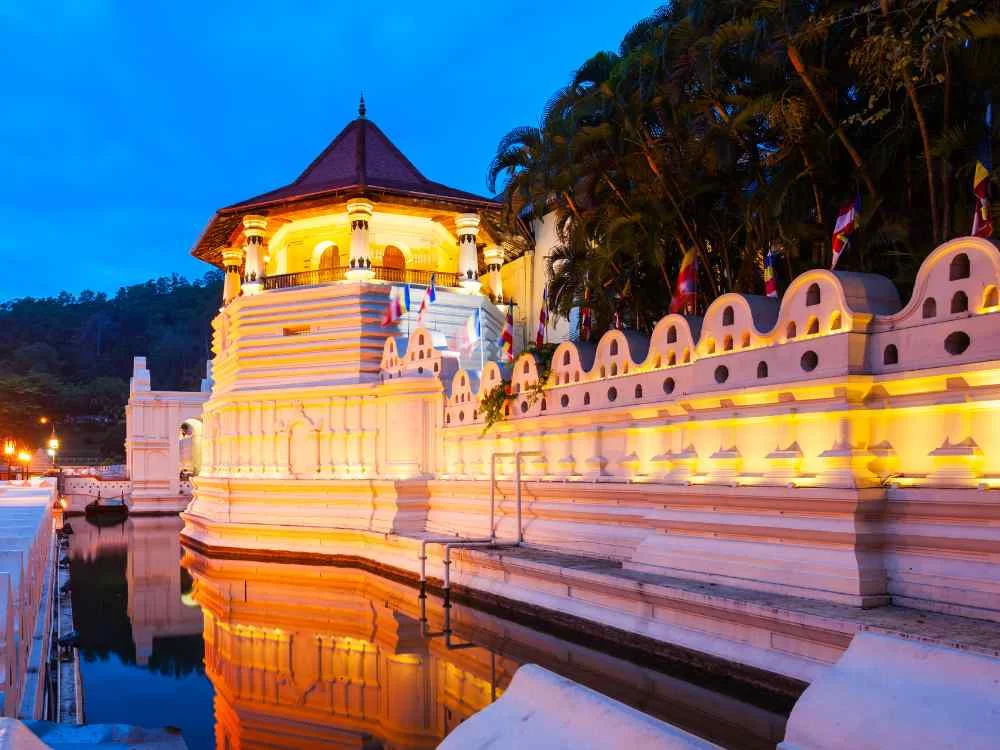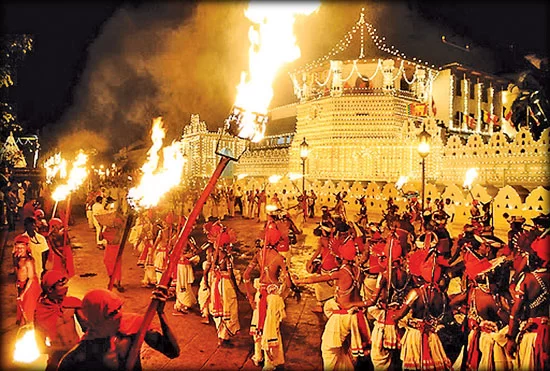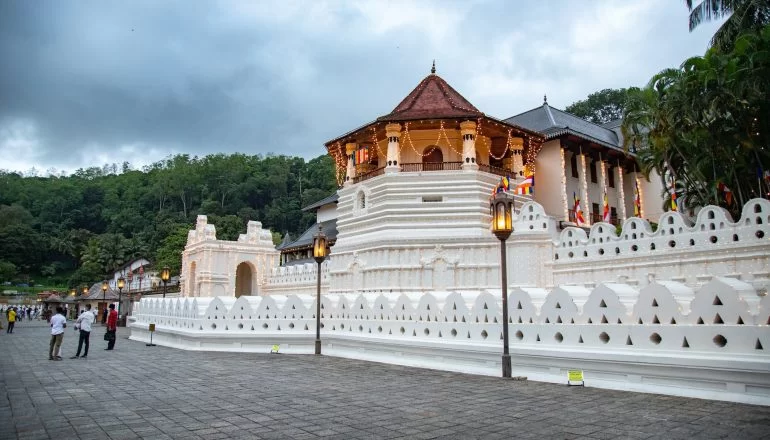Visiting the Famous Tamil Temples in Sri Lanka: A Sacred Journey Through History and Culture
- 1. Introduction to Tamil Temples in Sri Lanka
- 2. Historical Significance of Tamil Temples
- 3. Top Tamil Temples to Visit in Sri Lanka
- 4. What to Expect When Visiting Tamil Temples
- 5. Local Culture and Traditions Surrounding Tamil Temples
- 6. Planning Your Visit to Tamil Temples in Sri Lanka
1. Introduction to Tamil Temples in Sri Lanka
Sri Lanka is home to an incredible range of cultural and religious landmarks, and among the most significant are the Tamil temples that dot the island. These temples, which are deeply rooted in Hinduism, offer a glimpse into the Tamil community's spiritual and cultural heritage. While Buddhism is the dominant religion in Sri Lanka, the Tamil Hindu temples are integral to the country's diverse religious landscape. For those interested in history, culture, and spiritual exploration, visiting these sacred sites is an unforgettable experience.
2. Historical Significance of Tamil Temples
The Tamil temples in Sri Lanka are not just places of worship but also stand as symbols of resilience, history, and Tamil identity. The Tamil community has a rich heritage that dates back centuries, and these temples are key to understanding the history of Tamil settlers in Sri Lanka. The temples were built during the Chola dynasty, and many have undergone renovations over time, preserving a mix of ancient and modern architectural styles.
These temples also play a vital role in the island’s religious landscape, as they reflect the fusion of Hindu and local traditions, often featuring intricate carvings, towering gopurams (gateway towers), and vibrant festivals that bring the temples to life. Some temples are believed to be thousands of years old, having witnessed the rise and fall of various kingdoms.
3. Top Tamil Temples to Visit in Sri Lanka
Sri Lanka is home to many awe-inspiring Tamil temples that provide both spiritual enrichment and cultural insight. Here are some of the must-visit Tamil temples in Sri Lanka:
3.1. Nallur Kandaswamy Kovil
Located in Jaffna, the Nallur Kandaswamy Kovil is one of the most famous and largest Hindu temples in Sri Lanka. It is dedicated to Lord Murugan, and its annual festival, which attracts pilgrims from across the island and abroad, is a sight to behold. The temple's architecture is striking, with its colorful gopurams and intricately carved pillars that tell stories from Hindu mythology.
3.2. Koneswaram Temple
Located in Trincomalee, the Koneswaram Temple is a magnificent hilltop temple dedicated to Lord Shiva. Known as the 'Temple of a Thousand Pillars,' Koneswaram offers breathtaking views of the ocean, and its scenic location makes it one of the most picturesque Tamil temples in Sri Lanka. The temple is especially significant to Hindus, and its history dates back over 2,000 years.
3.3. Munneswaram Temple
Situated near Chilaw, Munneswaram Temple is one of the oldest Tamil temples in Sri Lanka, with origins believed to be over 2,000 years old. Dedicated to Lord Shiva, this temple attracts both devotees and tourists due to its serene environment and historical significance. The temple's legends and the surrounding sacred forests offer a peaceful setting for reflection and prayer.
4. What to Expect When Visiting Tamil Temples
Visiting Tamil temples in Sri Lanka is an experience that goes beyond mere sightseeing. As you walk through the sacred gates, you'll be immersed in a world of spiritual rituals, vibrant colors, and serene chants. Each temple offers its own unique atmosphere, but common practices include offering prayers, lighting oil lamps, and witnessing local festivals and religious ceremonies.
One of the most fascinating aspects of visiting Tamil temples is the opportunity to witness traditional Hindu rituals that have been practiced for centuries. Pilgrims often come to seek blessings for health, prosperity, and spiritual fulfillment. If you're fortunate enough to visit during a temple festival, you'll experience a whirlwind of color, music, and dance, all integral parts of the Tamil religious life.
5. Local Culture and Traditions Surrounding Tamil Temples
The Tamil community in Sri Lanka has a rich cultural heritage that is intertwined with these temples. Beyond their religious importance, Tamil temples are central to the community's social fabric. Many local festivals, such as the famous Thai Pongal and Vel Festivals, are celebrated with great fervor, offering travelers an insight into Tamil customs and traditions.
Engaging with locals during these festivals allows you to experience the warmth and hospitality of the Tamil people. Whether it's sharing in the festive foods or watching traditional dances and music performances, these cultural experiences will deepen your understanding of Sri Lanka's diverse identity.
6. Planning Your Visit to Tamil Temples in Sri Lanka
To make the most of your visit to Tamil temples in Sri Lanka, consider the following tips:
- Dress modestly: Tamil temples often have dress codes that require visitors to cover their shoulders and legs.
- Respect local customs: When visiting a temple, it's important to maintain a respectful demeanor, especially during religious ceremonies.
- Plan ahead: Some temples are located in remote areas, so it's advisable to plan your trip in advance and ensure you're aware of opening times and any special events.
- Take a guided tour: Hiring a local guide can enrich your experience, as they can provide detailed information about the temple's history, rituals, and cultural significance.
If you're ready to embark on this unforgettable journey through Sri Lanka's sacred Tamil temples, don't hesitate to plan your trip today. Whether you seek spiritual enrichment, cultural immersion, or simply a deeper connection to the island’s history, these temples offer an unparalleled experience.
Want to know more about Tamil temples and book your tour? Visit Tamil Travel Lanka to explore guided tours and more information.







